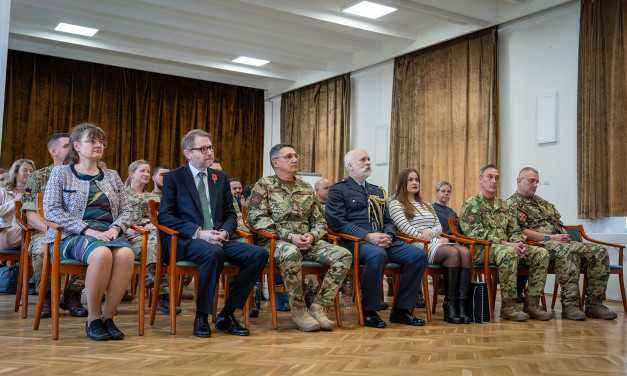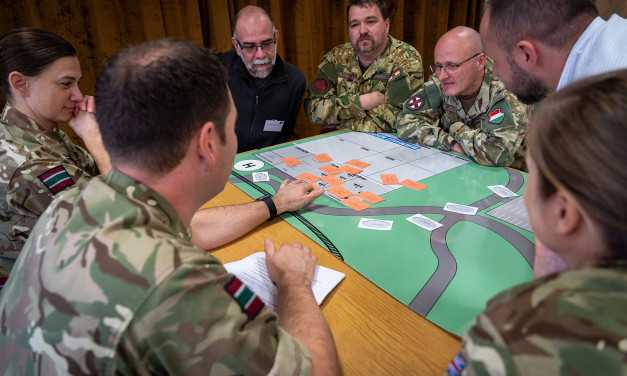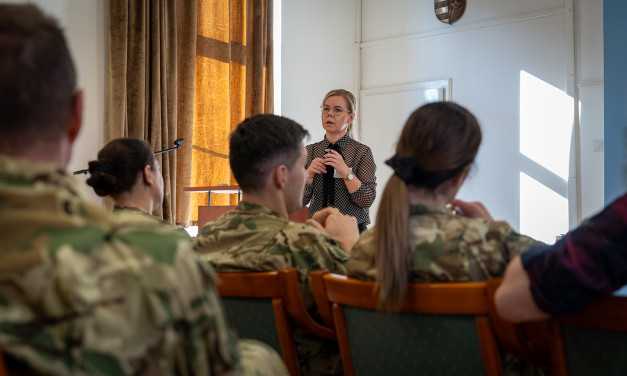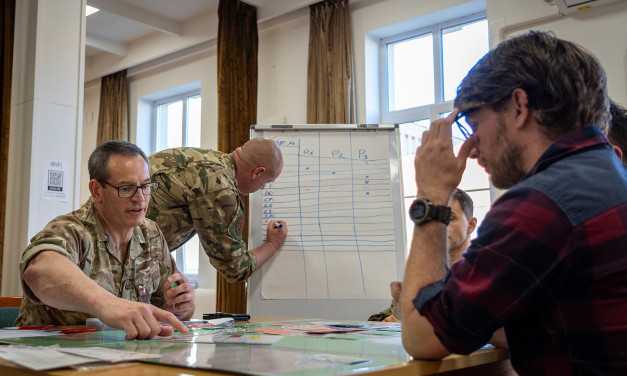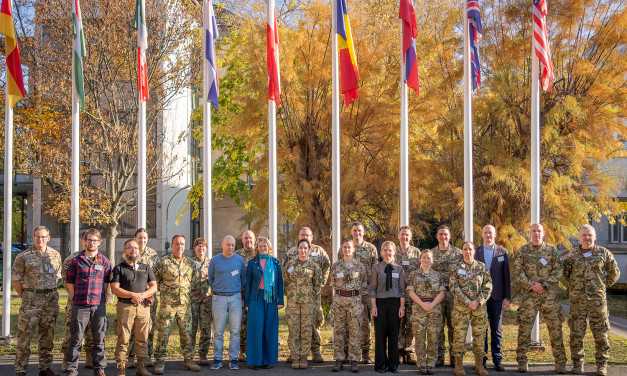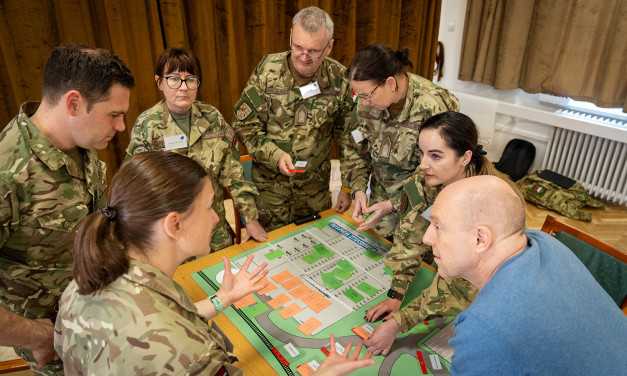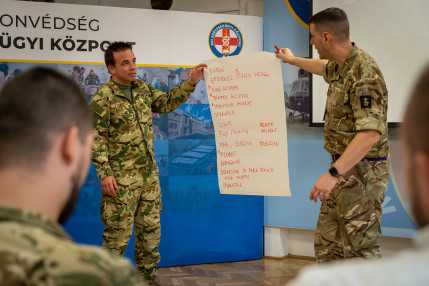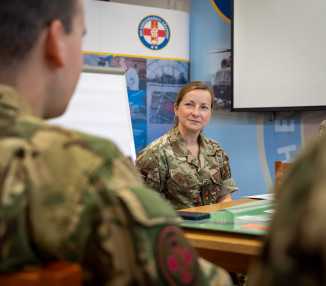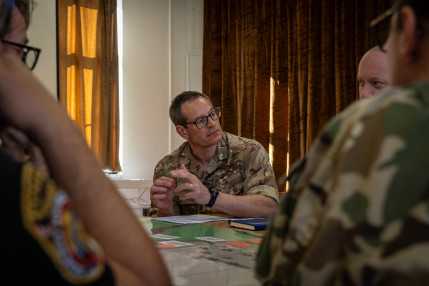Joint preparation for mass casualty care
Text: HDF Medical Centre | Photo: by the Centre | 13:47 November 7, 2025In early November, the Hungarian Defence Forces Medical Centre is hosting the internationally accredited Hospital Major Incident Medical Management and Support (HMIMMS) course, which focuses on the efficient organization of hospital care for mass casualties in a standardized approach.

The necessary preparations and bilateral discussions for organizing the program – which is run in several countries around the world – in Hungary started already in 2024. All this was thanks to the realization by the HDF Medical Centre of the especially increasing value of this training in today’s world, as well as to the role of cooperation helping to strengthen international relations – which was finally implemented with support from the Ministry of Defence, British Defence Attaché Wing Commander Richard Milburn and H.E. Justin McKenzie Smith ,the ambassador of the United Kingdom, in cooperation with seven British instructors and three Estonian military health professionals.
One of the fundamental tasks of defence health care is to provide full-scale medical support for the Hungarian Defence Forces, in the interest of which designated roles continue to be assigned to the strengthening of international defence health care relations and the development of civil-military cooperation. The HMIMMS course plays a key role in this: during the instruction, the participants obtain a comprehensive picture of those protocols and standards the use of which enables health care institutions to react preparedly and in an organized way to major incidents involving mass casualties. This course is expressly developed for hospital staffs, especially to those who participate in tending to serious casualties. The course objectives are to standardize procedures, develop coordination and reaction, as well as to support system-level preparation. The course is run on a “train the trainer” basis, which means that participants now completing it can pass on their knowledge in the future to military health professionals and colleagues working at civilian hospitals.
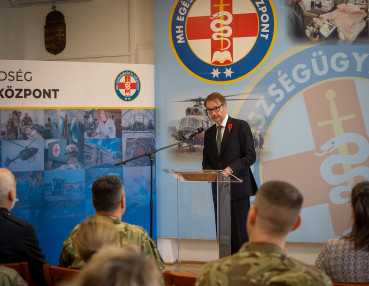
Speaking at the opening event, H.E. Justin McKenzie Smith, the United Kingdom’s new plenipotentiary ambassador to Hungary emphasized that the HMIMMS is a complex course used all over the world, which is especially important because it is based on the cooperation between civil and military medicine. The knowledge acquired here and the Estonian–British–Hungarian cooperation are superb examples of what we are capable of together, within the borders of the country and the NATO Alliance system.
In what followed, Brigadier General Dr. (MD) Péter Vekszler, NATO SHAPE/ACO Chief JMED pointed out in his speech that the HMIMMS “train the trainer” program launched in Hungary has enormous significance, not only in the development of national capabilities but also in that of NATO’s medical support system. As he said, military and civil medical systems must operate in close cooperation, since they mutually count on each other in the event of a crisis. This also appears in defence planning on the national and NATO levels. The two systems work on the basis of the “communicating vessels” principle, so when pressure builds up on one side, the requirements increase on the other side. In so far as defence plans draw on the system of civil health care, it must be prepared with well-coordinated education, training and then exercises.
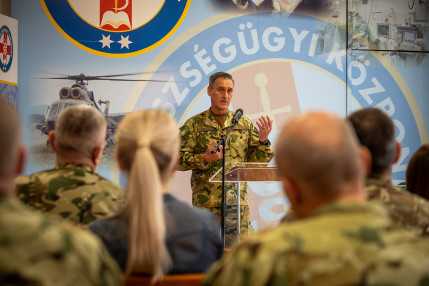
Of the seven baseline requirements of NATO resilience, the fifth is the ability to deal with mass casualties and disruptive health crises. Initiated by the HDF Medical Centre and implemented with British and Estonian instructors, this course perfectly fits into this process.
Over the last three years, more than 1000 health professionals have completed this course led by the United Kingdom in Estonia, thanks to which today the system of hospital major incident management in Estonia is built on a uniform basis. The adaptation of this course to Hungary has special significance, since it may create not only professional development but also the basis for national mass casualty care protocol. Following the Estonian example, Hungary’s aim is to establish a standardized system for planning major incident medical management in our country, by building on the HMIMMS basis accredited by NATO.
